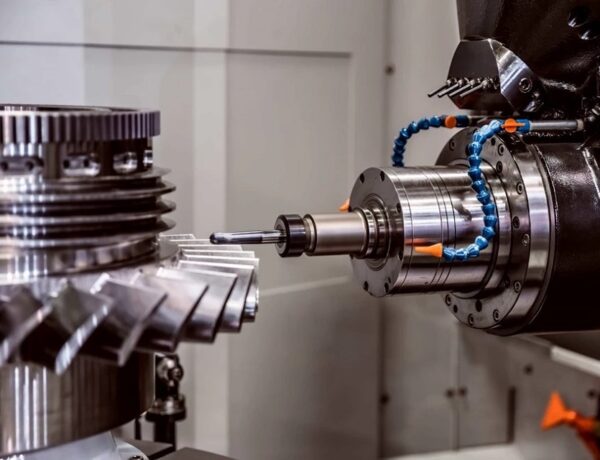Table of Contents
Many of the repetitive and data-driven tasks involved in recruitment can be automated by utilizing talent acquisition software. This allows recruiters to become more strategic and focus on the candidate experience.
Employer branding is also becoming more important for recruiting. This includes sharing company culture, video testimonials, and social media channels to reach passive candidates.
Automation
The future of recruiting is moving away from the idea that recruiters are order-takers and more toward identifying business needs and providing strategic advice to their clients. While tactical metrics like time to hire will still be necessary, recruiters must focus on developing a client’s talent strategy and using advanced technology to help them achieve it.
The best talent acquisition software provides a range of functionality that helps businesses manage the hiring process from start to finish. This includes automating tasks that take up a lot of time, such as posting job openings on multiple platforms, parsing resumes, and screening candidates
Artificial Intelligence (AI)
Recruiters need to be able to source talent quickly and efficiently. AI recruiting tools can help streamline workflows, make hiring decisions more objectively, and provide a better candidate experience.
AI can help recruiters find the best candidates based on skills, ensuring that the most qualified person is hired. It can also help reduce unconscious bias in the recruitment process and encourage diversity in the workplace.
However, there are still challenges with using AI in recruitment. For example, some AI recruiting tools have been accused of perpetuating bias and promoting misinformation. Using reliable AI vendors and educating the team on using the software effectively is essential. This will help to ensure that AI is used ethically and does not cause any harm. Additionally, it is necessary to check for bias and accuracy in the content created by the AI tool. This will prevent any misinformation from being spread and help maintain the integrity of the data.
Machine Learning (ML)
ML allows recruiters to use the data they collect from applicants to predict how candidates will perform in different roles. This makes it easier to identify the best talent for an open position and helps to streamline the hiring process.
Often, organizations that use something other than recruiting software spend inordinate amounts of time on tasks that could be automated with the help of HR software. This includes composing and posting jobs on job boards, social media, or corporate websites, manually interacting with candidates by responding to individual emails and conducting a series of one-on-one interviews that can be incredibly time-consuming.
As a result of these monumental shifts in remote work, recruiters are shifting from order-takers to strategists who shape business goals and advocate for their clients. They must be able to adapt quickly and anticipate the needs of hiring managers, which means they need to use recruiting tools that can provide them with the right candidate data at the right time.
Data Analytics
Data analytics allows recruiters to analyze the effectiveness of their recruiting efforts. This will enable them to optimize their sourcing channels and platforms, increase the number of hires, and minimize cost per hire. It also helps them identify long-term trends and make better strategic decisions.
According to a report by Sage HR, 78% of companies want to advance their recruitment with a data-driven approach. This can be done by automating manual tasks, such as posting job descriptions to various social media platforms and job boards, analyzing applications, checking resumes, and scheduling interviews.
Data-driven talent acquisition also allows recruiters to reassign employees to different positions they may be interested in, saving the company money. To do this, you must link a candidate to the specific position they are applying for in your ATS. This way, you can provide personalized messages and offer them relevant job opportunities that align with their professional aspirations and skills.
Some recruitment solutions are designed to help organizations reassign existing employees to new roles. This can be particularly useful during periods of disruption when people are looking for more exciting and challenging work. Some solutions also allow for diversity and inclusion (D&I) initiatives to be supported and tracked. These include a tool that analyses job descriptions to ensure they are inclusive and an interview evaluation format that mitigates unconscious bias.





No Comments